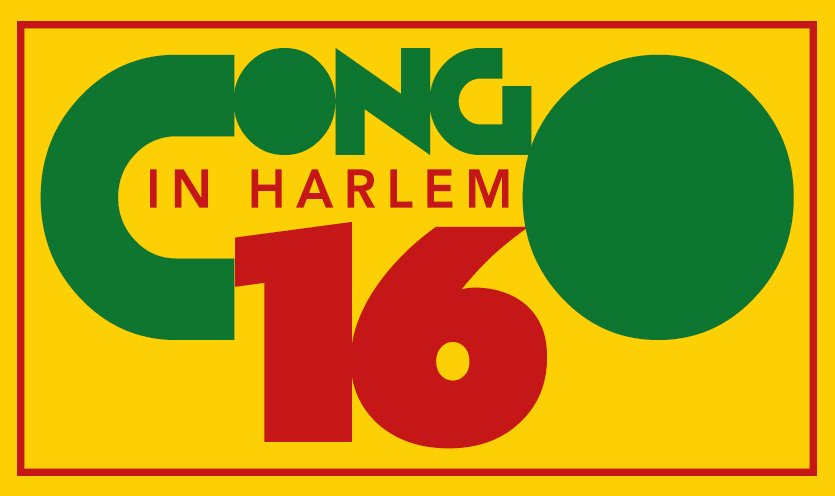CONGO RESOURCES
Geography
The Democratic Republic of the Congo is literally and figuratively the heart of Africa. The country of 65 million people straddles the equator and is bordered by 9 other countries. It is the size of Western Europe and the fulcrum on which the African continent swings. Congo is the third largest country in Africa in area and the fourth largest in population. Congo is a young country with the majority of its population 18 years old or younger.
History & Politics
Congo is home to one of the oldest mathematical artifacts in the world, the Ishango Bones, which dates to 20,000 BC. However, since the modern founding of the Congo in 1885 when Congo was given to King Leopold II of Belgium at the Berlin Conference of 1884/1885 as his own personal property, Congolese have been engaged in a social justice movement to control and determine their own affairs.
Pivotal moments in Congo’s history since 1885 are as follows:
1908 – Congo taken from King Leopold II and given to Belgium to rule as a colony 1960 – Congo gains its independence from Belgium and elect its first democratic prime minister Patrice Lumumba 1961 – Less than 6 months in office, Patrice Lumumba was assassinated by Western Powers (Mainly Belgium and the United States) and Congolese elite. Belgium apologized in 2002 for their role in the assassination of Lumumba. 1961 – 1964 – Lumumbist rebel movements to regain power crushed by the United States, Belgium and other western powers in cahoots with Congolese elites. 1965 – 1997 – The United States installed and maintained Joseph Desire Mobutu in power for over thirty years in spite of a number of attempts by the Congolese people to overthrow him. 1996 – United States and British allies, Rwanda and Uganda invaded the Congo which culminated in the overthrow of Joseph Mobutu 1997 – Rebel leader Laurent Kabila takes power after the overthrow of Mobutu 1998 – U.S and British allies Rwanda and Uganda invaded a second time to overthrow Laurent Kabila, whom they had installed in 1997. The second invasion unleashed the deaths of an estimated six million Congolese. 2001 – Laurent Desire Kabila was assassinated and replaced by his son Joseph Kabila 2002 – The war officially ends but the conflict continues to this day, mainly in Eastern Congo 2006 – Joseph Kabila was elected president. 2011 - Joseph Kabila changes the Constitution and claims victory in fraudulant elections resulting in a regime that lacks legitimacy. 2012 - A Kabila that lacks legitimacy, combined with a Rwanda and Uganda backed M23 militia destabilizing the east of DRC has resulted in the displacement of an estimated 1 million Congolese. 2013 - A peace deal was signed by 11 African nations and 4 regional and international organizations on February 24, 2013 spearheaded by the United Nations with little consultation and input from the Congolese people.
Why Congo Matters
Congo is arguably the richest country on the planet in terms of natural resources. It is the storehouse of strategic and precious minerals that are vital to the functioning of modern society. Its minerals are key to the consumer electronics industry, the technology industry, automotive, aerospace and military industries. Its diamonds, gold, copper, cobalt, uranium, timber, iron, tin, tungsten, and coltan (mineral that is central to the functioning of our cell phones, laptops and other technology and electronic devices) are coveted from China to America.
Due to Congo’s strategic location in the heart of African and the lust for her wealth by powerful nations have repeatedly intervened in the Congo over the past 125 years. Congo is literally and figuratively the heart of Africa and the fulcrum on which the African continent swings. Former South African president Thabo Mbeki says “there is no new Africa without a new Congo.” And president Obama proclaims, “If Africa is to achieve its promise resolving the problem in the Congo will be critical.”
Congo’s Potential
In spite of the remarkable challenges faced by the Congolese people, those challenges can be overcome, especially in light of the remarkable human and natural potential that exists in the Congo. Congo has the agricultural potential to feed the entire world through 2050 when the world’s population is expected to be 9 billion. Congo also has the hydro capacity to provide electricity to the entire African continent with some left over to export to Southern Europe and the Middle East. Congo is a part of the second largest rainforest in the world and is vital to the fight against climate change and global warming.
